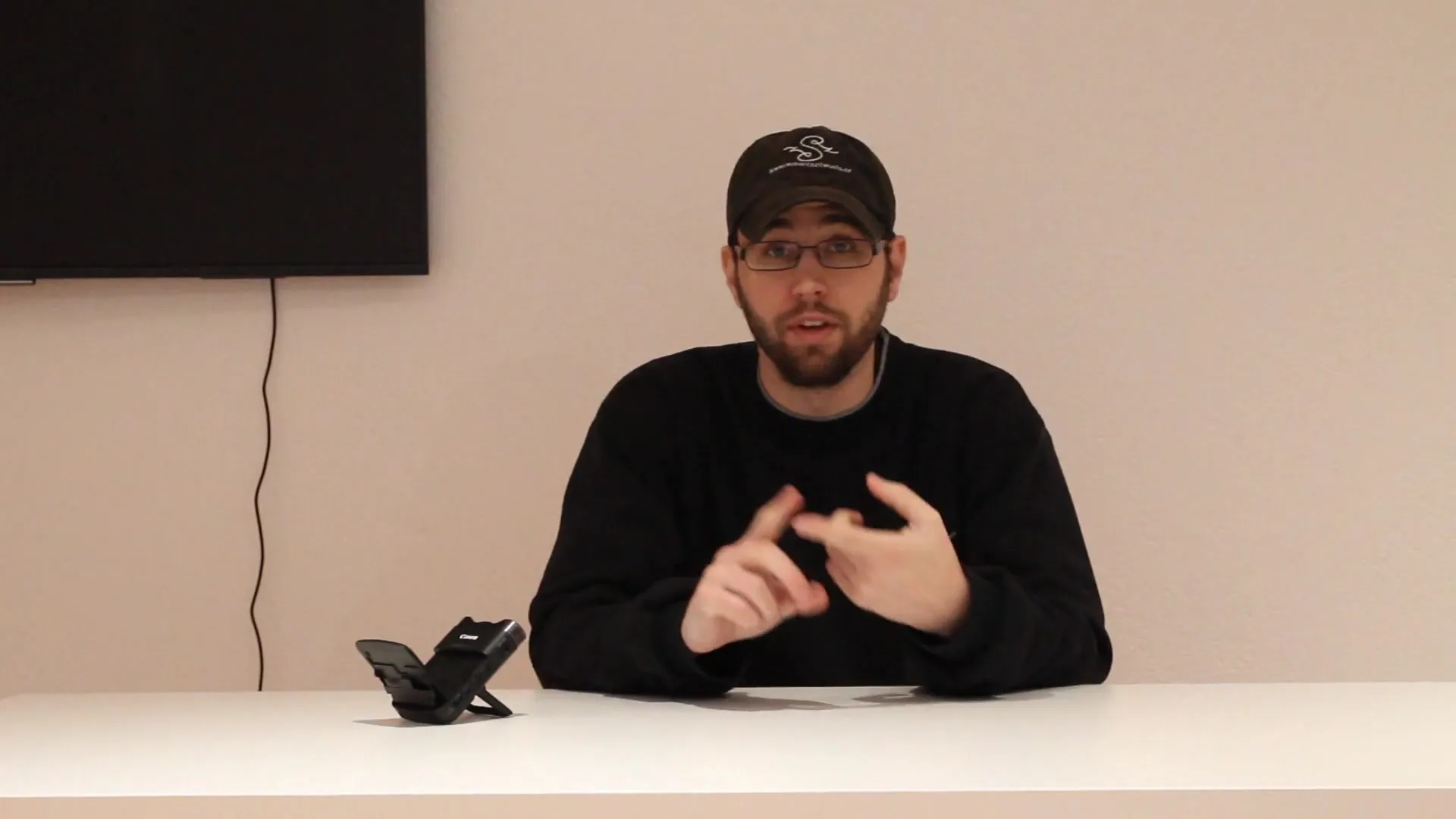If you are involved in photography or image editing, Frequency Separation is a technique you shouldn't miss. This method allows you to separate colors and textures from each other, enabling targeted adjustments without affecting the other layer. In this article, you will learn five essential facts about frequency separation that will show you why this technique is so effective.
Key Insights
- You can edit colors and brightness independently from the structure.
- Frequency separation saves time through efficient actions.
- This technique is also possible in older versions of Photoshop.
- Frequency separation is not a pure click solution; more precise adjustments are needed.
- It complements the basics of image editing, such as RAW development and contrasts.
Step-by-Step Guide to Frequency Separation
1. Understand the Basics of Frequency Separation
Before you start with frequency separation, it's important to understand the basics. The technique allows you to separate skin blemishes from color and brightness adjustments. This way, you can specifically edit imperfections such as pimples or hair structures without affecting the background or the overall tone of your image.

2. Create or Download an Action
To work efficiently with frequency separation, it is advisable to create an action in Photoshop or download an already available action presented in this video tutorial. This way, you save yourself the tedious manual work involved in constantly creating and renaming layers.
3. Availability of Frequency Separation in Photoshop
Frequency separation is not only available in the latest versions of Photoshop. In fact, you can use it starting from Photoshop Elements 2.0. This means that even beginners or users of older software can benefit from this technique, although they may have some limitations when using actions.
4. Avoid the Click Solution
It's important to understand that frequency separation is not a simple "one-click" solution. While you can automatically create the layers, that does not mean you have completely edited your image. The technique requires more than just clicking; you still need to develop a sense for retouching and adjust the individual layers accordingly.
5. Complementary Techniques to Frequency Separation
Frequency separation is a great technique but does not deliver perfect results alone. You should definitely consider RAW development and color and contrast adjustments before starting with frequency separation. Use techniques like Dodge & Burn or curves to elevate the quality of your editing to a new level.
Summary – Frequency Separation in Photoshop: Five Facts You Should Know
Frequency separation is a valuable method for retouching that can help you achieve high-quality results. From the separate editing of colors and structures to efficient time management through actions – the five facts you have learned will make it easier for you to work with this technique. Remember that frequency separation is part of a more comprehensive image editing process. However, it provides you with the tools to impressively optimize your images.
Frequently Asked Questions
How does frequency separation work in Photoshop?Frequency separation separates colors from brightness, allowing you to edit precisely.
Is frequency separation available in all versions of Photoshop?Yes, the technique can be used starting from Photoshop Elements 2.0.
Do I need an action for frequency separation?Yes, an action makes working easier and saves time.
Is frequency separation an easy click solution?No, frequency separation requires manual adjustments for the best results.
Can I perfectly edit every image with frequency separation?Not every image can be perfectly edited with frequency separation alone; complementary edits are necessary.


